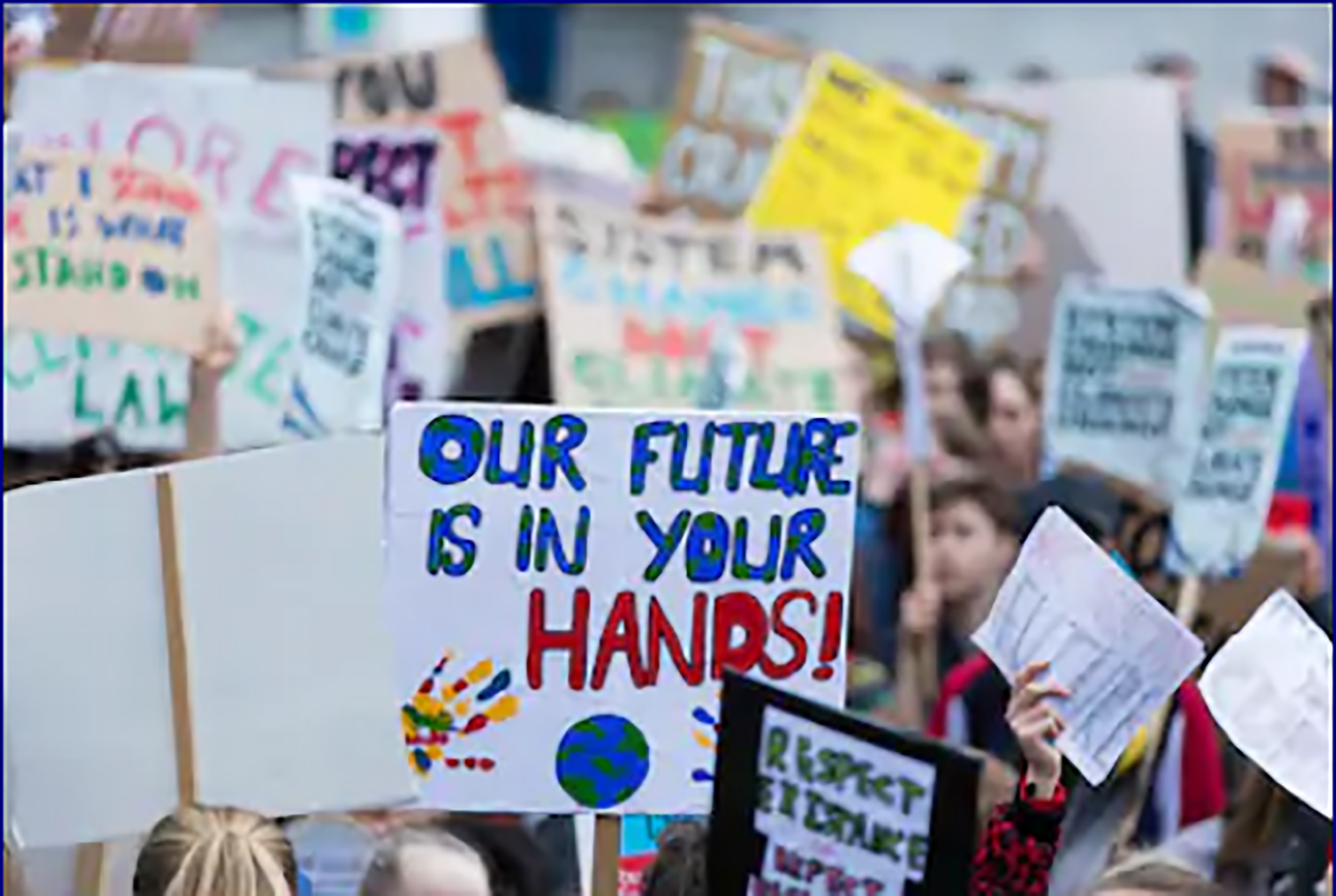
Protest & corona: how can we successfully enter the barricade again?
In 2019, we took to the streets en masse worldwide to draw attention to the problems in society, but in 2020 we are confined to our homes due to corona. In the one and a half meter society and with it #stayathome motto, organizing a protest march is a lot more complicated. Does corona also mean the end of the protest? No, on the contrary. The classic street protest already needed a restart. And corona offers the opportunity for the new protest forms and plans that are needed for this.
Protests are more ineffective than ever
In the protest year 2019, our news was largely determined by a global wave of physical street protests. There were climate strikes in 150 countries, and fueled by the protest virus, people took to the barricade against local governments in large parts of the world. From Hong Kong to Bolivia, and from Iran to Chile. It was also a hit in the Netherlands. The grass on the Malieveld has literally been flattened by protests by farmers, builders and teachers.
Although these protests have had an irrevocable impact, we see a trend that protest is being used less and less effectively as an instrument for social change. Made in November 2019 De Volkskrant takes stock of a year full of protest. The paper refers to Harvard research showing that the success rate of large, non-violent movements aimed at political change has fallen from 70 percent in 1999 to 30 percent today. Conclusion: Protests are becoming more common worldwide, but they are less effective than ever.
New technology plays an important role in this effectiveness problem. Nowadays you can send out appealing images in a short time and with little money, and thus inspire many people. This is what Jacquelien van Stekelenburg, professor of Social Change and Conflict at the VU in Amsterdam, puts it 'supersize effect' of social media. But bigger is not always better, notes political scientist Jonathan Pinckney, who contributed to the Harvard study into the effectiveness of protests.
According to Pinckney, a fast-growing protest is something different from establishing a strong movement, with a sustainable support base, infrastructure and strategy: 'Of course a quickly emerging large protest movement makes an impression. But if politicians know that there is no organization behind it with the strength to persevere in the long term, they may decide to wait until it blows over.' Quickly mobilizing a huge group of people is great, but not enough for a successful protest.
The fact that protests are losing strength should worry us. The opportunity for people to protest effectively plays an important role in society. Philosopher Tinneke Beeckman recently stated against Fidelity the protest a 'last resort when the more institutional ways of implementing change fail.' Protesting is therefore a 'basic value of democracy,' according to Beeckman. How can this last democratic resort be used more effectively again?
Protest with impact
Corona offers opportunities to make protests impactful again. First of all, new forms emerge. A population that wants to defend itself during corona is forced to undertake creative and organizational feats of strength. This is what we saw in Israel, where military precision was used to ensure that sufficient distance remained between demonstrators. Other angry citizens avoided the physical world altogether. For example, Russians protest virtually via the Russian version of Google Maps. With the chat function, usually used for incidents on the road, the city maps around government buildings filled with criticism of the government. The Russian opposition is taking advantage of the online activities and organizing online events on YouTube and via Zoom.
This inventiveness is paying off, according to Mariëlle Wijermars, assistant professor of cybersecurity and politics at Maastricht University. In return for NOS says Wijermans in response to the Russian protests: 'It is special to see how creative people are in finding new places to express their dissatisfaction. And it seems to be having an effect: it attracts the attention of local authorities, but also of the media.'
However, the most important change seems to be the extra time that protest movements have. Now that the usual physical protest marches are not possible, protest movements have room to reorganize and make new plans. This is what Bert Klandermans, professor at the Vrije Universiteit in Amsterdam, notes Fidelity: 'An average café or shop will now give its building a new coat of paint. In fact, protest movements do the same thing.' By way of illustration, the newspaper refers to the American climate movement 'Sunrise Movement.' Through multi-day online training courses, they teach thousands of new people how they can contribute to the movement.
The corona crisis offers activists the opportunity to reinvent themselves into a protest movement in which social media and new technology are used not only for rapid growth, but also for a sustainable, creative and digital organization. After the corona year of 2020, 2021 could easily become the real year of protests.





